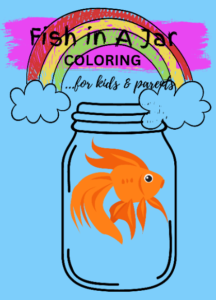
Embrace the Great Outdoors: Exploring Sustainable Living with Bob Rupani
Popularity Views : 188 Embrace the Great Outdoors: Exploring Sustainable Living with Bob Rupani In the rush of modern life, the allure of nature calls out, urging us to reconnect with our environment and adopt a more sustainable lifestyle. “Living the Outdoor Life with Bob Rupani,” where we embark on a journey to uncover the

















